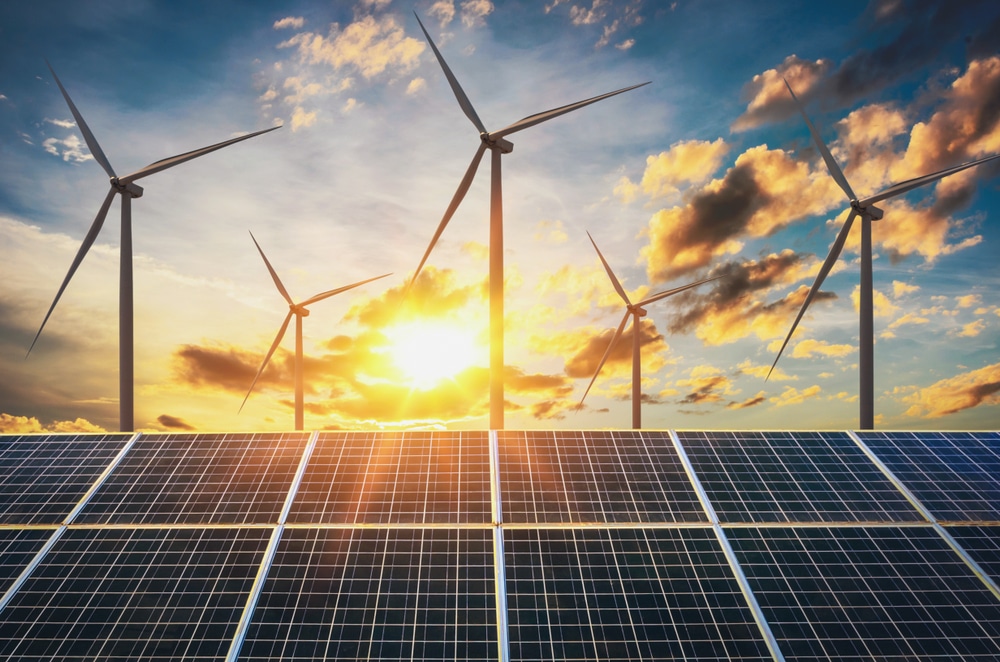Solar energy has become a mainstream part of our society. It began with solar hot water systems and has rapidly been followed up by millions of solar panels installed on homes and businesses worldwide for a clean, green supply of affordable electricity.

Solar is an essential cornerstone of our transition away from fossil fuels to reduce emissions, combat climate change and create a sustainable energy network that the world can enjoy for many years to come. But solar is about more than just panels on your roof; this technology is used for a wide range of practical purposes worldwide.
If you’re interested in harnessing the power of solar for your home or business, consider exploring options with Energy Matters. We offer FREE solar quotes that can help you understand the potential benefits and feasibility of incorporating solar energy into your life. It’s not just about embracing a sustainable future; it’s also about making informed decisions that align with your energy needs and environmental goals.
In this article, we have outlined some of the most important, most unusual and even a downright bizarre way solar power is used to power devices you might not have considered.
Rubbish bins
Solar panels are being used in a range of ways to improve waste collection methods and reduce emissions. For example, the smart bin uses sensors to monitor how full of rubbish the vessel is, with solar panels powering a motor that compresses the garbage to make more room. That means fewer trips by waste collection vehicles and fewer emissions. These smart bins can also send signals to waste collection agencies to let them know when it is time to pick them up and even detect excess heat so fires can be prevented before they happen.
Solar paint
Imagine being able to paint the walls of your home with a product that will create electricity and save you money. But, you don’t have to imagine painting products that convert the sun’s rays into electricity, and there are three different kinds available on our shelves for use right now.
- Hydrogen solar paint: This was developed by the Royal Melbourne Institute of Technology (RMIT) and is not about funnelling power to your home or business; instead, it generates green hydrogen. The paint uses solar energy to break moisture down into hydrogen and water, creating a renewable fuel that can be used for various purposes.
- Photovoltaic paint: This technology uses quantum dot solar cells are nanocrystals that emit light in a specific colour. They can convert sunlight into electricity, and they’re more efficient than traditional silicon-based solar cells. When used in paint, photovoltaics will turn any surface into an energy-producing powerhouse that generates clean energy from sunlight. There are no moving parts, so there’s nothing to break down over time. You don’t need any special equipment or installation skills either – just apply this paint like regular house paint.
- Perovskite solar paint: Perovskite is made from the same material as perovskites, which are minerals found on Earth and studied for their potential use in making better semiconductors. The mineral has also been shown to absorb light more efficiently than silicon-based materials, which means it could lead to cheaper and more efficient solar panels. This new technology has the potential to make solar power more accessible than ever before. The paint could be used on rooftops, windows or even clothes – making it possible for anyone with access to sunlight to generate their electricity.
Vaccine refrigerators
The topic of vaccines is a hot one in 2021 because of COVID-19 and the push to vaccinate as much of the population as possible. Unfortunately, not every region of the world has the perks we enjoy, like a constant stream of reliable electricity and vast refrigeration units and transports to ensure the vaccines stay intact by the time they reach our arms. In developing countries, vaccines can quickly spoil when transported over large distances. In addition, there is no access to power, so solar-powered fridges are used to ensure they remain cool and viable for every human on the planet.
Provide clean drinking water
On the topic of providing services to those in developing nations, water scarcity is a massive problem in many parts of Africa and other areas of the world. According to World Vision, 780 million people lack basic drinking water access, equating to one person in ten. Researchers at Rice University, Texas, found a way to combat this, developing a solar-powered method of desalinating seawater and turning it into clean drinking water.
This has the potential to supply whole towns with its cutting-edge NESMD (nanophotonics-enabled solar membrane distillation) technology in desperate corners of the world.
Solar bikinis
OK, you will not be able to power your home or business with this brief form of wearable technology. But the limited-edition solar-panel bikini, also known as the iKini, does convert enough power to ensure your phone or tablet stays adequately charged. Just don’t forget to disconnect your device when you hit the water.
Call us today on 1800 EMATTERS and get a quick quote. You can also email our friendly team for expert, obligation-free advice.











































